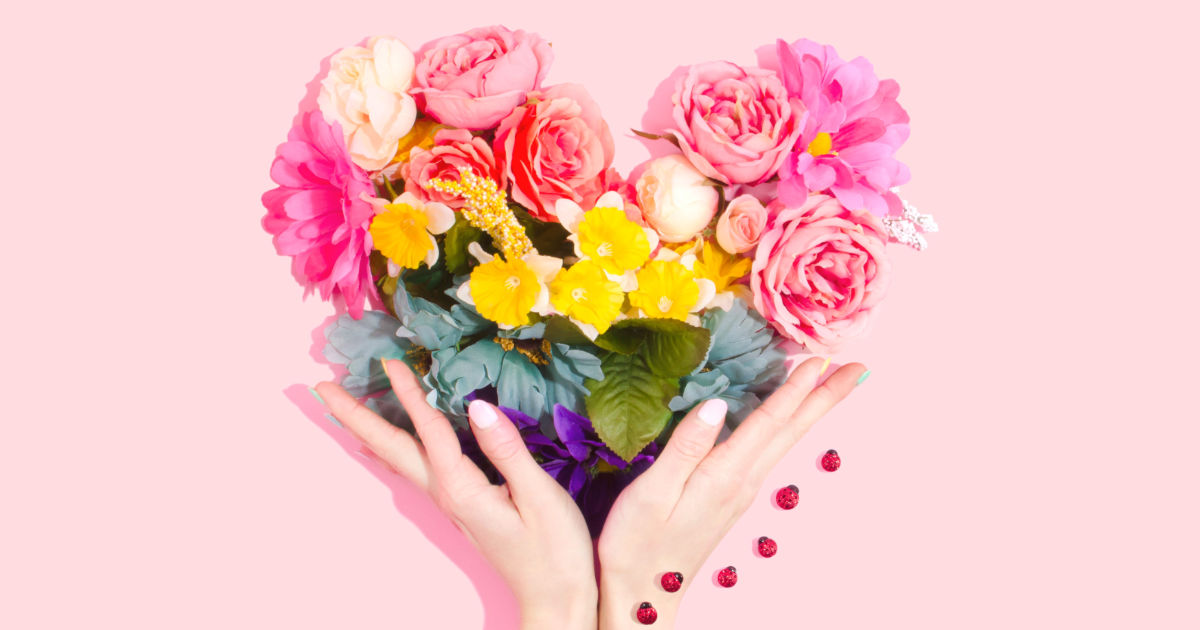A theosophist by the name of Roland Hunt conducted a study on colors in the 1930s. Swami Sivananda, wrote about his work. I felt that my dear ones, you all would be interested in it.
Colors
Red stimulates but makes one tired quickly. Its musical note is C. Its perfumes are camphor, geranium and sandalwood.
Orange stimulates with a tonic effect; it is cheerful and forceful. Its musical note is D. Its perfumes are vanilla, clematis, heliotrope and almond.
Yellow is associated with mental activity and clear thinking. Its musical note is E. Its perfumes are jasmine, cassia, citron and iris.
Green induces balance, relaxation and harmony. Its musical note is F and its perfumes are musk, benzoin and narcissus.
Blue is healing and soothing. Its musical note is G. Its perfumes are syringa, lilac, frangipani and sweet pea.
Indigo is associated with inspiration, and self-control. Its musical note is A. Its perfumes are new-mown hay, lavender and balsam.
Violet induces peace and calm and is associated with the higher plane of healing. Its musical note is B. Its perfumes are carnation, menthol, peppermint and cinnamon.
Black and white also are very important colors. Black in Hinduism represents negative energy, a little black dot is put on the face for infants to avert the evil eye, and white represents detachment, purity and knowledge. However, the Goddess Kali’s is black or blue which signifies nature, the sky and the ocean. Black clouds are a sign of rain.
When we look at the colors, each one has its own energy and then when we wander into a garden, we can see the mingling of the colors and the fragrances.
Meditation on colors
Close your eyes and meditate on the colors of the flowers. No effort has to be made by you. You will be surprised how refreshed you will feel when you open your eyes. It is possible to also meditate on a bouquet of flowers at home. You can also visualize a single color and see the flowers and smell the fragrances associated with it. Children can also be taught this meditation.
Aim Hrim Klim

